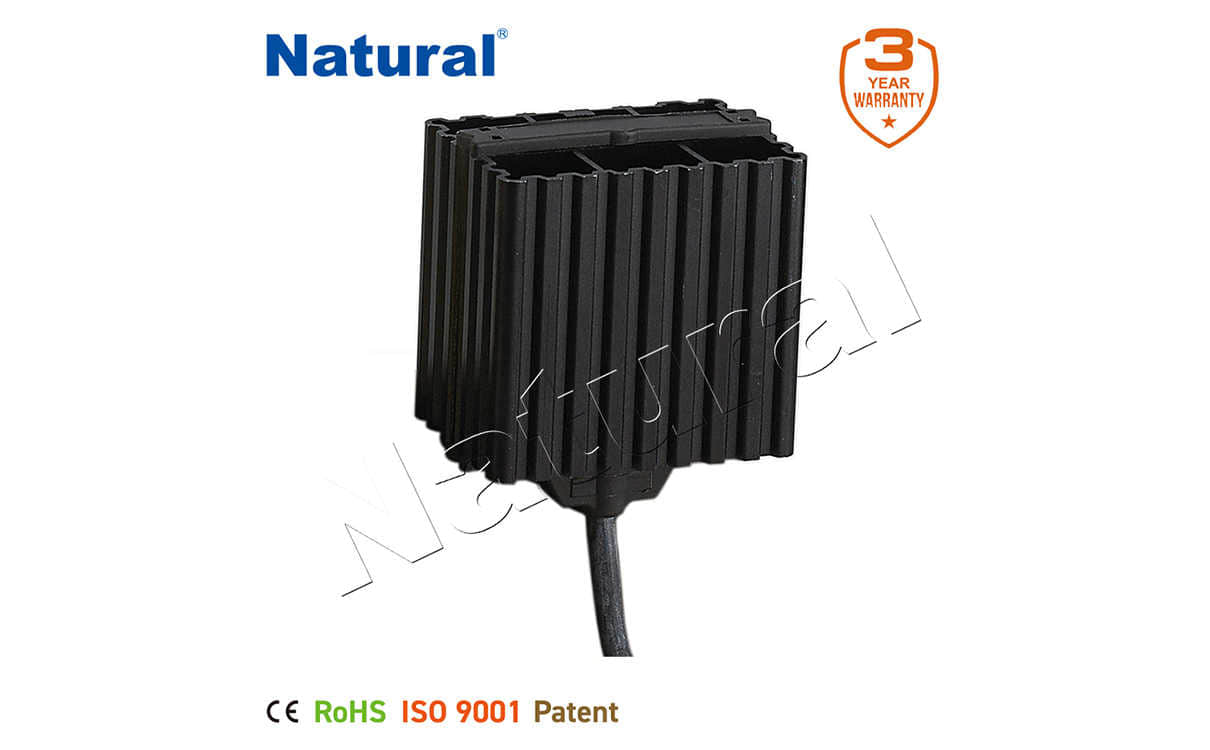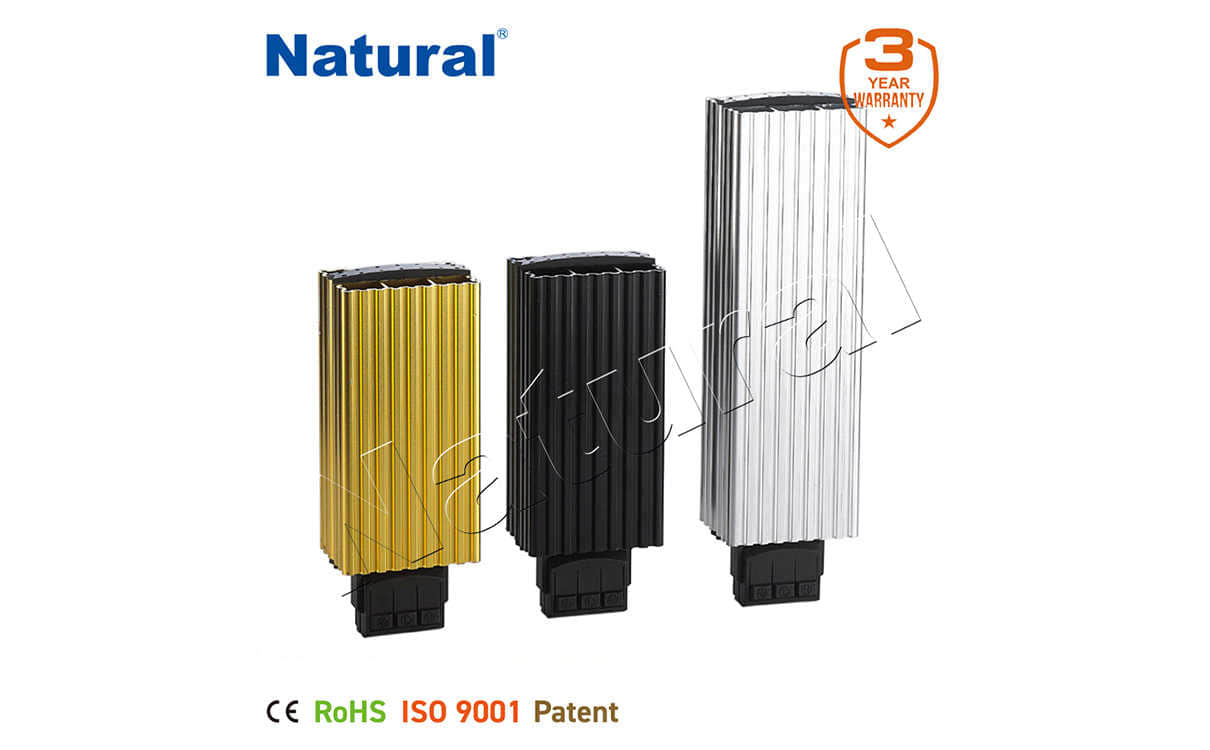 28 items Patent
28 items Patent
 28 items Patent
28 items Patent
 28 items Patent
28 items Patent


A PTC heater is a type of electric heating element that utilizes a ceramic material with a positive temperature coefficient. This means that the material’s resistance increases as its temperature rises. The core principle behind a PTC heater is that as the ceramic material heats up, its resistance increases, which in turn reduces the current flow. This self-regulating feature prevents the heater from overheating and ensures that it operates within a safe temperature range without the need for external thermostats or complex control systems.
How PTC Heaters Work
The operation of PTC heater is based on the characteristics of PTC thermistors, which are materials that exhibit a marked increase in resistance when subjected to heat. When current flows through the PTC thermistor, it heats up, and its resistance increases. As a result, less current flows through the material, which in turn lowers the amount of heat generated. This self-regulating mechanism allows the heater to maintain a consistent and safe operating temperature without the need for complex regulation systems.

a PTC heaters, or Positive Temperature Coefficient heaters, have become a popular solution for heating applications across a variety of industries. Known for their self-regulating properties, energy efficiency, and safety features, PTC heaters are revolutionizing the heating technology market. This article delves into the working principle, advantages, applications, and future of PTC heaters.
What is a PTC Heater?